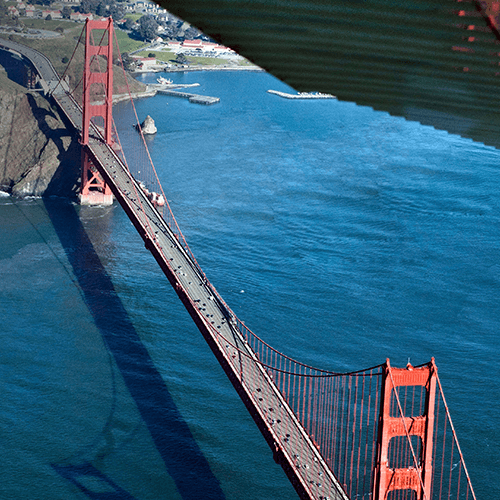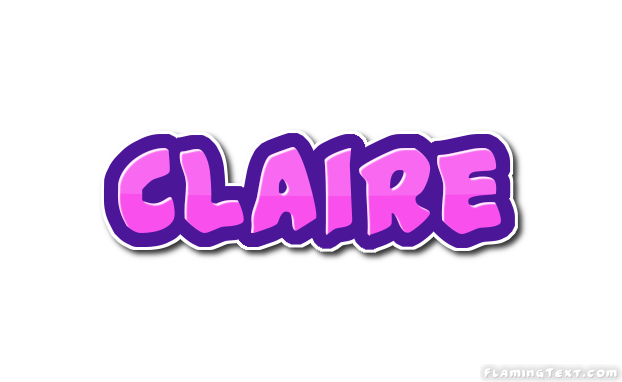

Entrance fee five per cent, an additional five per cent of the amount of the purse or stake will be deducted from eachmoney won. In addition to the above, a race for local roadsters will be given each day during the meeting, to close July 30th. the day before the first day of the meeting at which the race is to take place. Cnly one of the two horses so entered to be started in the race and the starter to benamed by five oclock p.

: Ĭontributing Library: San Francisco Public Libraryĭigitizing Sponsor: California State Library Califa/LSTA GrantĬlick here to view book online to see this illustration in context in a browseable online version of this book.Īme stable in any of the Stakes closing- May 25th by paymentof one per cent for that privilege.

IMCO was later taken over by the Aero Commander division of the Rockwell Standard Corporation and later became part of North American Rockwell, the design was further developed and redesignated. In 1962 the assets of the company were acquired at auction by the Intermountain Manufacturing Company (IMCO) who developed their own version the IMCO CallAir A-9. Examples of the three-seat A-4 were converted for agricultural use followed by a new-build agricultural version the A-5. Further models were introduced with different engines. The Model A-2 was a two-seat braced low-wing monoplane with fabric-covered wooden wings and fabric-covered welded steel tube. A United States type certificate was awarded in July 1944 and the production model was designated the Model A-2. The prototype Model A was powered by a Continental A-80 engine but was redesignated the Model A-1 when re-engined with an Avco Lycoming O-235-A engine. The family had formed the Call Aircraft Company (known as Call-Air) to produce the aircraft. The aircraft was ready to be produced in 1940 but the start of World War II delayed the start of production to 1946. The Model A was designed by the Call family, who were Wyoming ranchers.


 0 kommentar(er)
0 kommentar(er)
